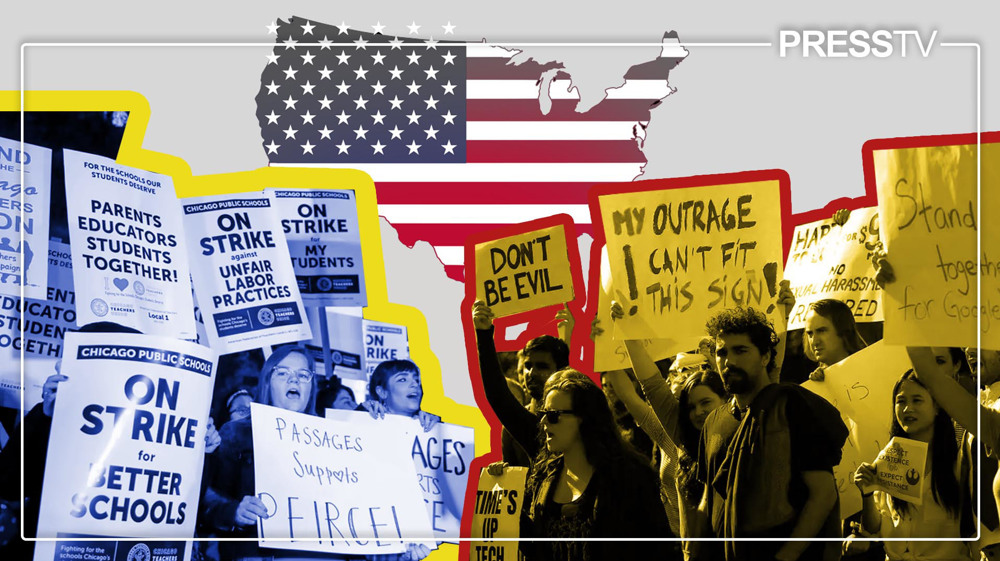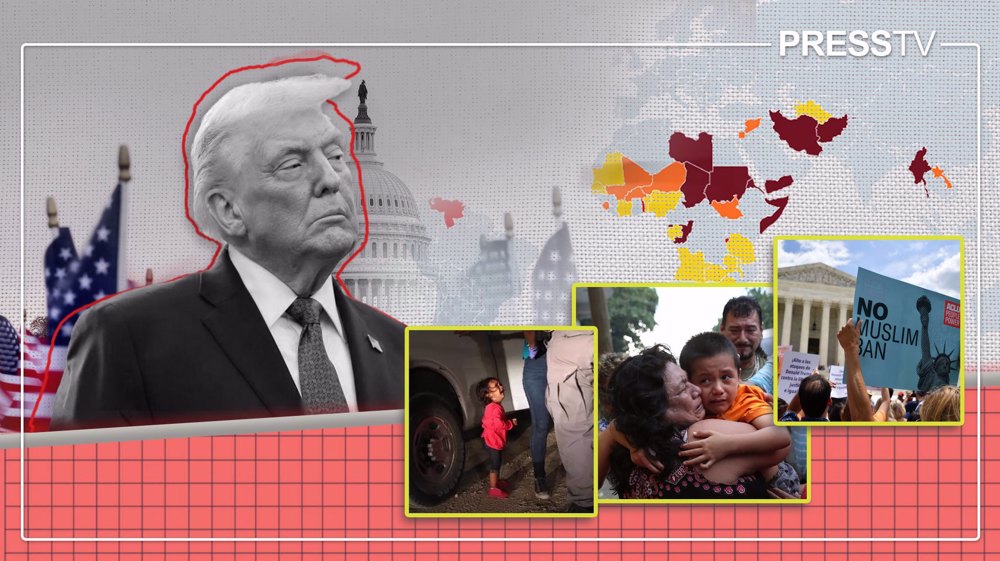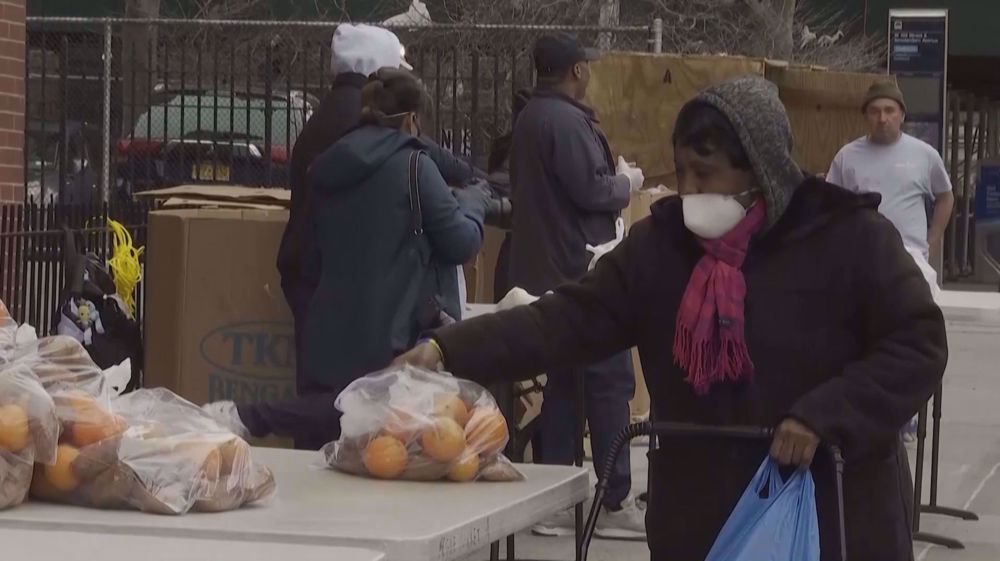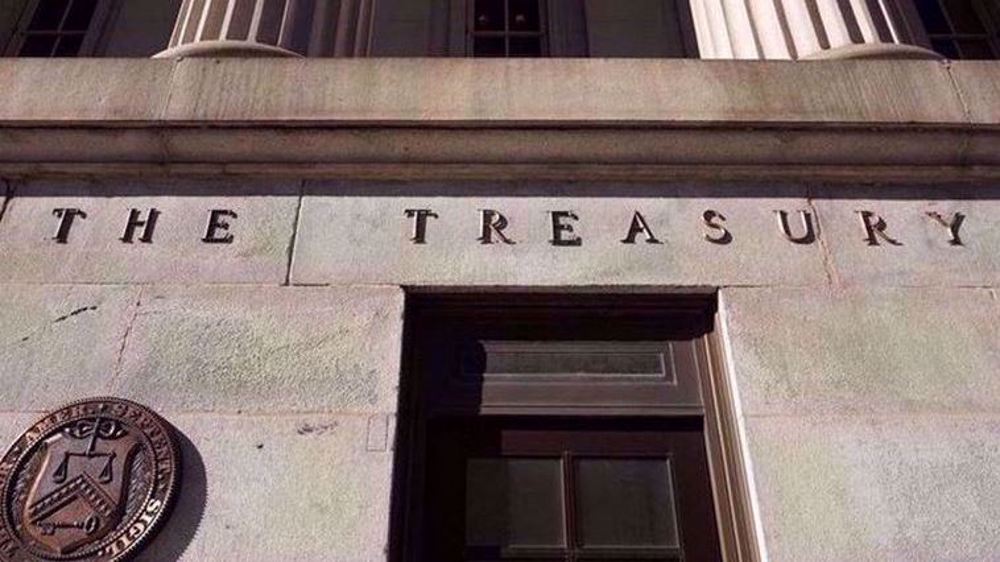The rise of major labor unions in US shines a light on grim financial reality
By Shabbir Rizvi
Americans are well aware of the value of the dollar, at least when it comes to their own purchasing power at home. If they didn’t know before, then they certainly learned this year.
The year 2023 has so far marked rising costs of living for everyday items amidst a backdrop of massive government spending on the usual - war, policing, corporate bailouts and subsidization.
However, if you were to ask President Joe Biden about the financial state of the everyday American, he would say “Bidennomics is working” (although he may stare blankly at you and try to find a teleprompter first).
“Bidenomics” is Washington’s marketing term for the Biden administration’s business-as-usual plan to convince Americans that the federal government is taking steps to ensure their financial situation will improve - aka they are not doing anything new or substantial to address any crisis.
The plan vows to “grow the economy from the middle out and the bottom up.” Again, this is nothing for a corporate-friendly policy that prioritizes the profits of the elite.
Biden administration officials routinely champion the “success” of this strategy via social media and through administration-friendly journalists (corporate stenographers), but taking a closer look at these claims and figures reveals a more honest assessment of the financial status of everyday Americans.
The reality is that rising costs of living are contributing directly to the record-breaking $1 trillion in credit card debt Americans have accumulated. American workers often have no choice but to resort to credit card usage for necessities due to higher prices for groceries, gas, rent and mortgage.
Another 40 million-plus Americans are set to resume student loan repayments in October after a nearly four-year pause, which will without a doubt exacerbate the country’s debt crisis.
Biden administration officials claim their initiatives are adding more jobs to the economy. These are often vague numbers that are based on speculation rather than concrete evidence.
Furthermore, jobs are always being created - however, many Americans are working multiple jobs just to make ends meet. The quality of the jobs being created isn’t specified, and with the implementation of automation, many of these jobs will be rendered obsolete.
Many Americans naturally will not accept these conditions. In fact, this year has seen some of the most striking (no pun intended) acts of labor resistance in recent American history.
Industries of different sizes and varieties have taken concrete steps to challenge these conditions, which are created primarily by American capitalist greed at the helm, leaving scraps for the majority of workers.
It is now without question that grim financial conditions have led to a new-found popularity of unionization efforts, and the unionization efforts themselves have led to massive wins for American workers.
For example, the Teamsters Union, one of the largest unions in the world, threatened to go on strike over the summer due to declining conditions in the workplace as well as stagnant pay.
The Teamsters, which represent UPS workers, could have shaken the US economy had the strike happened - as UPS serves hundreds of thousands to millions of customers and businesses daily.
The demands ranged from hiring more workers (full and part-time), increased wages, and even air conditioning in UPS trucks (which UPS initially refused to provide, despite the multiple record-breaking days of heat this year alone - a testament to unhinged capitalist greed).
Eventually, a favorable agreement was met - over 85% of Teamsters signed, ratifying a 5-year deal.
In post-pandemic America, many workers have begun to realize their own self-interests can only be achieved by workplace organization, not relying on this-or-that politician to bring any substantial change.
Many unions - from the Teamsters to Alphabet workers to teachers unions such as the Chicago Teachers Union - held firm on their demands throughout the COVID-19 pandemic and achieved favorable results.
Now, their success is inspiring waves of different unionization efforts across the country.
Perhaps the most popular recent example of this is the Starbucks workers union. Starbucks is owned by billionaire Howard Schultz but his employees often work in degrading conditions.
Working for minimum wage or sometimes less and relying on customer tips to get by, many Starbucks employees (or “Partners”) have now moved to unionize their local stores demanding fair pay and benefits.
What was seen as a nearly impossible battle to win at the start of the first Starbucks unionization effort is now seen as fairly common - over 300 Starbucks stores are now unionized, and counting.
This has not come easy. Union-busting activities are fairly common, and the National Labor Relations Board has reported hundreds of union-busting activities, and often cannot do anything to act against the mega-corporations seeking to stifle employees asking for basic wages and protections.
Adding to this is the fact that Joe Biden and his administration on the paper claim they support workers’ unions and their right to organize, however in practice that is not happening.
Take for example a statement where Joe Biden hopes the United Auto Workers union can reach a favorable negotiation with the “Big Three” automakers in the United States. It implies that the Biden administration is hopeful for favorable negotiations between the two parties and that they can resolve the issue without federal intervention.
However, the Biden administration is no stranger to crushing strikes - as one can recall when Biden signed a bill to put an end to the railroad strike.
Striking railroad workers had reasonable demands - the ability to take sick days and schedules that would permit them to spend time with their families, without fear of owner retaliation or punishment.
The railroad companies refused to budge, and as the holidays neared and the threat of mega-corporations being unable to turn over a profit began to materialize, the Biden administration swooped in and blocked the strike, without substantially addressing the oppressive attendance policy.
Interestingly, this desperate move from the Biden administration was also an admission of the immense power unions hold. Had the strike materialized, the entire economy could have been halted - right before a major holiday season.
Now, with the United Auto Worker strike, unions are directly addressing the Biden administration’s hand-in-policies that are impacting their work.
Refusing to endorse Biden for president right before a heated election season, the UAW president is challenging the Biden administration to “earn the Union’s support,” while simultaneously demanding that the workers not be left behind in the administration’s plans for a major shift to electric vehicles.
As one can see, the paper policy and the practiced policy are two different things within the reality of the American political system - especially when it comes to the question of organized labor.
On paper, every politician - from Democrat to Republican - wants the union endorsement. However, when substantial (and just) demands are made that contradict the demands of corporate donors, the politicians have a major tendency to back the corporate multi-millionaire to multi-billionaire demands.
Regardless, unions are making a huge comeback in the United States - and the renewed labor struggle is very much tied to the declining financial health of the everyday American and the public realization of just how far American capitalist greed can go. 2021 saw just below 120 confirmed labor strikes.
As of September 2023, there are close to 250 strikes - composed of over 600,000 workers across various industries and specialties. The growing trend suggests that the labor struggle is just getting started.
As economic realities remain uncertain and Americans are forced to choose between which corporate representatives will lead the nation next year - one thing they can always count on is that there is strength - and power - in unified numbers.
Shabbir Rizvi is a Chicago-based political analyst with a focus on US internal security and foreign policy.
(The views expressed in this article do not necessarily reflect those of Press TV)
Over 10,000 people displaced in three days in Sudan: UN agency
Ben-Gvir pushes bill to restrict Muslim call to prayer across occupied Palestine
VIDEO | Muslim leaders convene in Lucknow to discuss community issues
Iran plans further satellite launches in February: Space chief
VIDEO | Bethlehem’s Aida refugee camp playground faces demolition threat
VIDEO | Gaza medical students defy Israeli occupation to resume education
Israel’s recognition of Somaliland 'naked invasion’ of Somalia's sovereignty: President
Israeli settlers damage Palestinian properties in West Bank attack














 This makes it easy to access the Press TV website
This makes it easy to access the Press TV website